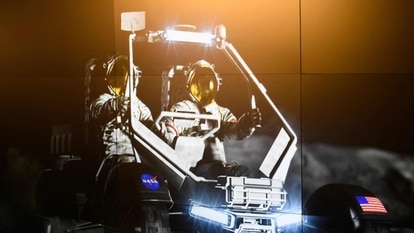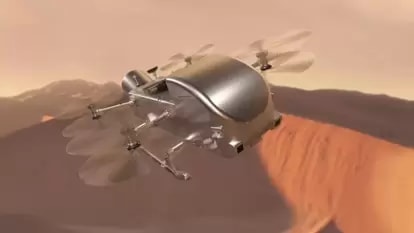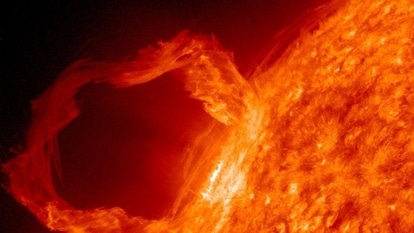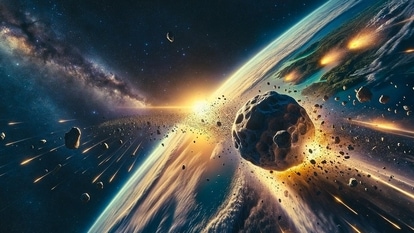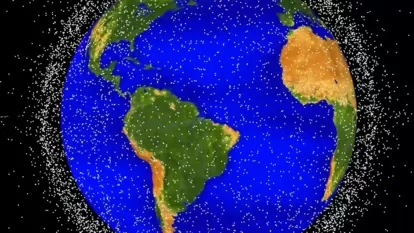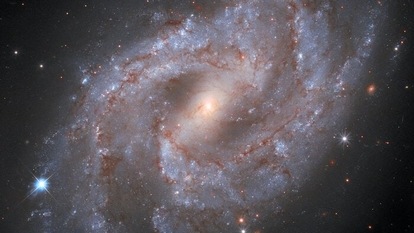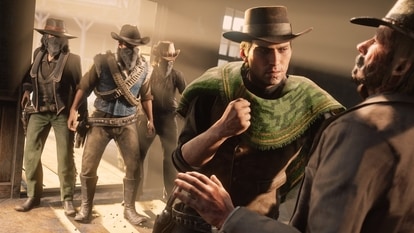NASA shares largest ever image of galaxy- check out Andromeda Galaxy
NASA has shared the largest ever image taken of the Andromeda Galaxy on Instagram on August 1. The stunning image was taken by the Hubble Space telescope 7 years ago. Since NASA posted the photo, it has become a viral sensation, garnering over 1 million likes. Here’s more about it.
_1659436948843.jpg)

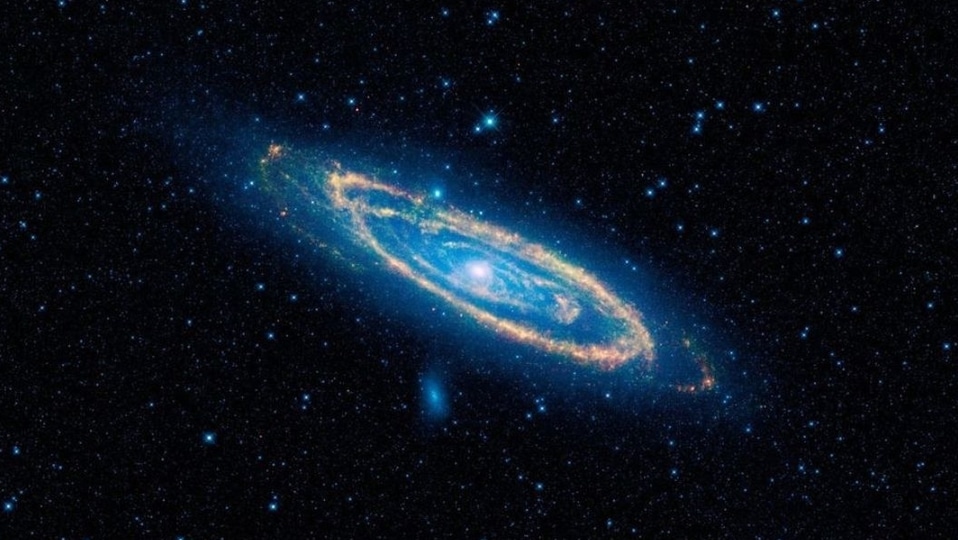
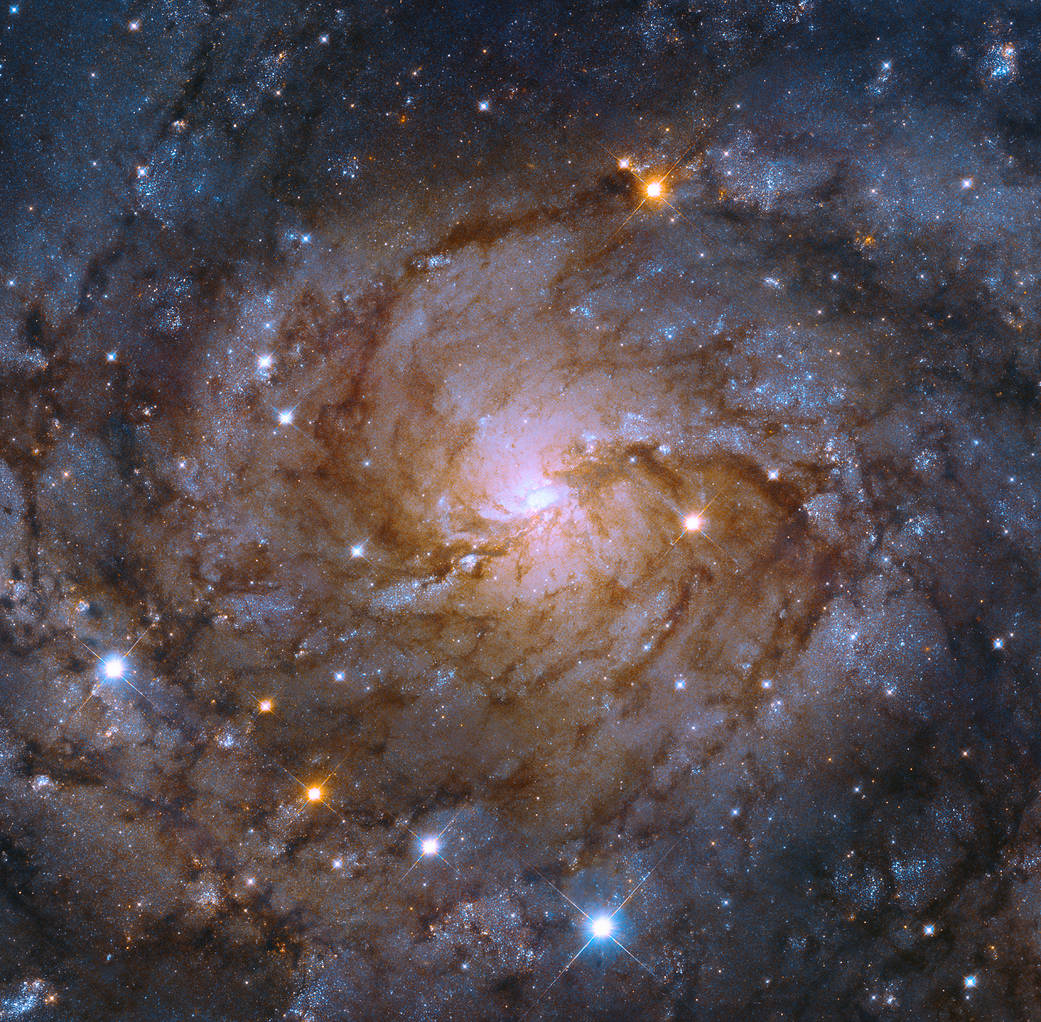




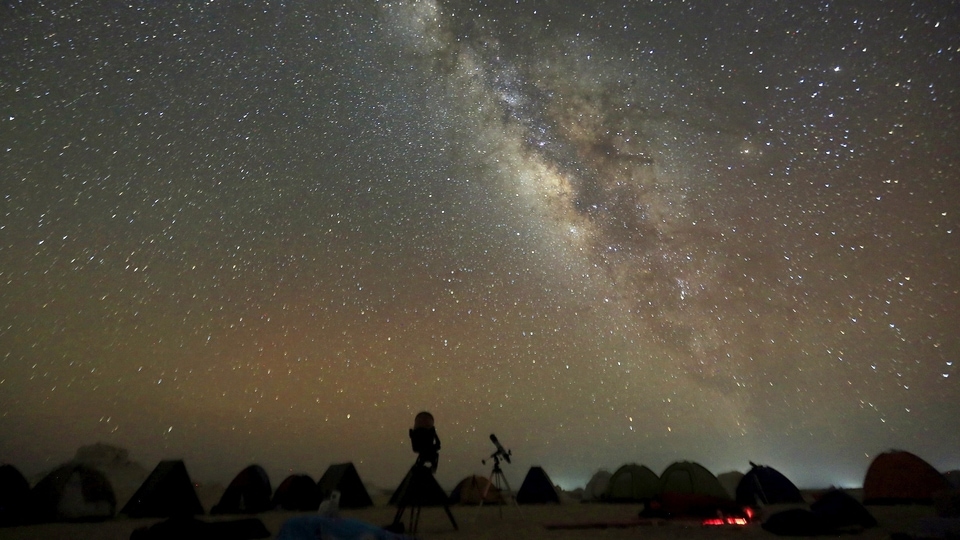
First Published Date: 03 Aug, 11:08 IST
Tags:
nasa
hubble space telescope
NEXT ARTICLE BEGINS




_1659436948843_1659504952339_1659504952339.jpg)
